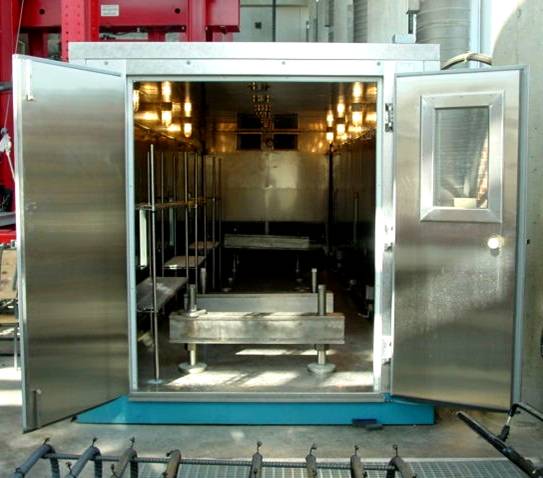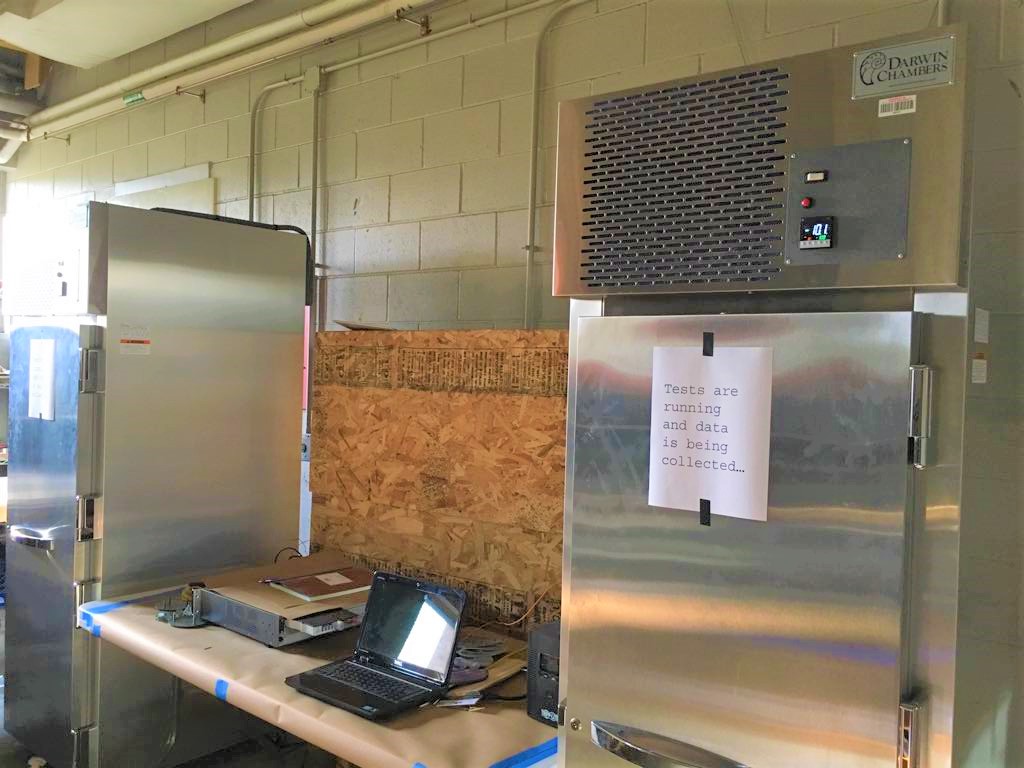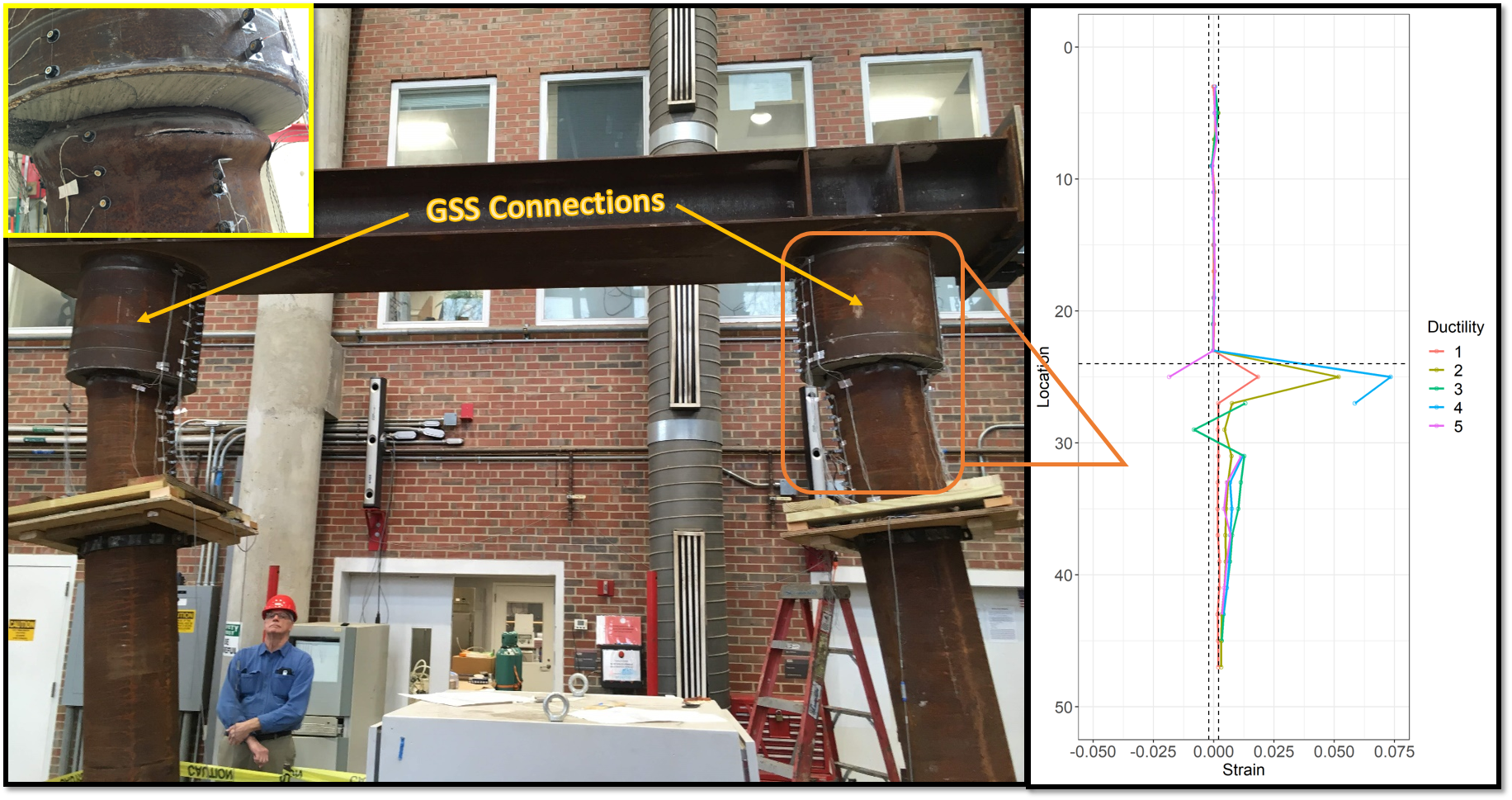My research interests fall within the broad area of performance-based seismic design and assessment (PBSE). A major advantage of performance-based principles is the capability to map conventional structural limit states on to clear decision variables such as economic losses or savings. For example, while designing a new multi-storey building, it is now possible for an engineer to quantify and communicate the probability of incurring a certain amount of monetary loss in a given period of time or under a specific natural hazard. Furthermore, it is also possible to estimate additional cost that may be spent upfront to realize economic savings during the lifetime of the structure, when accounting for future hazard scenarios. PBSE offers high flexibility in making scientifically informed decisions regarding the development and maintenance of our infrastructure.
My research goal is to develop solutions in two complementary aspects of performance-based engineering. First, is the development of resilient and cost-effective lateral load resisting structural systems and hazard mitigation strategies for new and existing infrastructure portfolios by using the method of large-scale experimental testing and numerical modeling. Second, is robust characterization of seismic hazard and capacity models for efficient and accurate application of PBSE by using probability theory and statistical learning algorithms. Each focus of my research is elaborated next within the context of my past research and expertise.
Large-scale Testing and Numerical Modeling of Innovative Structural Systems for Hazard Mitigation
My doctoral work was focused on performing small and large-scale experiments to assess the longevity of a steel bridge connection called the grouted shear stud (GSS) connection. The GSS connection was developed as a ductile alternative to directly welded column-to-cap-beam connections. During a large earthquake, the GSS connection can relocate damage to the bridge column, eliminate brittle cracking at the weld region, and thus mobilize the full strength and ductility capacity of the lateral load resisting columns. However, the grout, which is an integral part of the GSS connection, is susceptible to depletion of its elastic modulus and compressive strength. As there were no previous studies that investigated the impact of grout depletion on the structural performance of the connection, I performed multiple experiments at the material and structural level to assess this impact.
At the material level, I performed a large number of small-scale tests on many different grout mixtures to discern the range of grout mechanical properties that can be expected in real-world applications. The materials I tested varied between very-high strength grouts (10−12 ksi) to normal strength concrete (4−6 ksi) at different water contents. I tested the compressive strength, elastic modulus, freeze and thaw vulnerability, free shrinkage, and restrained shrinkage cracking potential of these grout mixtures. The durability tests were performed in one large and two small environmental chambers (Figures 1,2, and 3) which can simulate temperatures as low as −40°C, at the Constructed Facilities Laboratory (CFL) in the Centennial Campus of North Carolina State University, Raleigh. I found that grout mechanical properties in the GSS connection can be lower than expected if 1) the quality control of construction does not meet good standards, or 2) the connection is exposed to a large number of freeze-thaw cycles.

Figure 1: Walk-in Thermotron environmental chamber

Figure 2: Grout rings inside the Thermotron chamber

Figure 3: Small-scale Darwin chambers
Subsequently, I used the results from small-scale tests to design and perform large-scale structural tests on bridge piers to assess the sensitivity of this structural system to depletion of grout properties. The test specimens were two-column steel bents, as shown in Figure 4. The columns were 12ft long hollow-circular pipes fabricated using API 5L X52 PSL2 steel material with cross-section dimensions 16in × 0.50in. The height of the center of the cap beam from the pin was 11ft−2in, and the center-to-center distance between the two columns was 12ft. A 440 − kip actuator mounted on the laboratory strong wall was used to apply cyclic quasi-static lateral loading. Response data acquisition was performed using strategically placed fields of optical sensors which can monitor structural strains and 3-D displacements in real-time. I compared the structural response of many such bridge piers that had connections with standard and depleted grout mechanical properties. Grout depletion in these tests were simulated by the addition of lightweight synthetic aggregates. I established that the depletion in grout properties does not significantly alter the structural performance of this type of bridge systems. A close-up of one of the connections with depleted grout is shown in Figure 4 on the top-left corner. The ductile failure mode of plastic hinging was achieved regardless of grout properties, which is also evident from the large strains just below the connection, as seen on the adjacent graph. Currently, I am developing structural limit state models for displacement-based design of steel bridge substructures with the GSS connection.

Figure 4: Bridge pier specimen during one of my large scale tests. Despite using depleted grout, the plastic hinge successfully forms below the connection
I was invited to share my work at a research workshop organized by the Alaska Department of Transportation and Public Facilities (AKDOT). The attendees included AKDOT bridge engineers, AKDOT interns, and graduate students. The scope of the GSS connection is currently being extended to other structural systems such as reinforced concrete (RC) and reinforced concrete-filled steel tube (RCFST) columns by my peers at NCSU. I was involved in the preparation of the research proposal for the same.
The multi-disciplinary aspect of this research has provided me with the opportunity to simultaneously work with three professors at NCSU with different expertise, Dr. James Nau, Dr. Mohammad Pour-Ghaz, and Dr. Mervyn Kowalsky. As a new faculty, I will draw on my laboratory experience in large-scale structural tests, small-scale material tests, and numerical modeling for exploring my interest of developing innovative structural systems for resilient infrastructure. New structural systems must go through rigorous testing before they can be deployed. I am interested in performing experiments on innovative structural steel and reinforced concrete systems to develop accurate performance limit state models for displacementbased design. Through numerical modeling in combination with statistical parametric studies, I will then generalize these models for design.
Demand and Capacity Models for Infrastructure Resilience
A second aspect of my research was the development of a useful characterization of earthquake hazard for performance-based design of bridges, under guidance from Dr. Mervyn Kowalsky. In a paper, I propose a demand parameter termed as the opposite peak ratio () that captures the out-of-balance nature of seismic response of structures. is defined as the ratio of the magnitude of peak displacements on either side of the initial position of a single-degree-of-freedom (SDOF) oscillator under a ground motion input. This out-of-balance nature of response peaks has a significant impact on at least two important performance limit states for reinforced concrete bridge columns. These limit states are residual drift and reinforcement bar-buckling. I discovered that larger residual drifts are more likely with smaller while reinforcement bar-buckling is likely initiated earlier under larger . I studied a large dataset of ground motions (1554 GMs) to obtain further insight into this imbalance in structural response. Subsequently, I used probabilistic methods to develop a predictive model for for SDOF structures as a function of their period (T), design ductility (), and non-linear hysteresis model. While performing this study, I:
- modeled frame-based and fiber-based elements in Ruaumoko3D and OpenSees platforms to perform non-linear dynamic analyses;
- learned and employed statistical modeling techniques of regression, classification, model selection and validation;
- wrote analysis codes in MATLAB, R, and Python; and
- used NHERI’s cloud platform, DesignSafe, for computation and data storage.
The probabilistic theory and tools I learned and employed for this study have given me a foundation to continue developing better seismic hazard models and to extend my scope of work to multi-hazard scenarios such as combinations of extreme wind events and flood, or earthquake and fire. With the advent of sweeping climate-change, the likelihood of extreme natural hazards is rising steadily. This increase has triggered a push for better resilience for our infrastructure. For new and improved materials, and structural systems, refined performance limit state models will be necessary. Consequently, these limit state models will necessitate continuous adaptation of hazard models. My objective will be to tackle these issues by analyzing data obtained from past hazards and structural experiments using statistical learning techniques.
Research Plan
I am interested to continue my current work on large-scale testing of improved structural designs for bridge substructures and develop novel lateral load resisting systems in structural steel, reinforced and pre-stressed concrete. I want to also explore new materials to perform research aimed at achieving infrastructure resilience by reducing rehabilitation cost and time. These include materials with better energy dissipation or selfcentering capabilities such as shape-memory alloys.
I am also interested to add new dimensions to my research. An area that I want to start exploring immediately is the use of learning algorithms to solve issues faced by structural engineers. Our experimental database has multiplied over the last few decades. So has our collection of field reconnaissance data postearthquakes. By utilizing supervised and unsupervised learning algorithms on this rich data, it is possible to arrive at conclusions regarding vulnerabilities of our infrastructure portfolio.
My long-term career goal is to impart our structures with smart learning capabilities. I believe that real-time hazard recognition with the help of learning algorithms and active damage avoidance by changing the structural dynamics of systems are exciting fields of potential exploration. For example, my concept for behavior of a futuristic bridge under a large earthquake is the structure recognizing the hazard and actively changing its dynamic properties to avoid damage. Similar technologies are already being developed in the automobile industry. However, in civil engineering, a major challenge will be to overcome issues related to the scale and cost of a project.
I do recognize that there will be funding and implementation challenges along the way. During my time at NCSU, I have had opportunities to become involved in brainstorming sessions and submission of research proposals. Consequently, I have gained an appreciation of the challenges such as the importance of regularly publishing work in high-impact academic journals, successfully leading a research team of Doctoral and Masters students, raising funds from a variety of government and non-government sources, developing innovative and cost-effective solutions to experimentation, and working with limited resources to achieve the best possible result.
While the National Science Foundation’s (NSF) Directorate for Engineering (ENG) provides funding opportunities for research on resilient and sustainable infrastructure through its division of Civil, Mechanical, and Manufacturing Innovation (CMMI), I will also look for collaborative opportunities to apply for funding from NSF’s cross-cutting programs such as those between the Directorate for Engineering and the Directorate for Social, Behavior, and Economic Sciences (SBE). Federal Emergency Management Agency (FEMA) and United States Geological Survey (USGS) are potential sources of funding for my research in the area of hazard characterization. I also envision funding from state and federal departments of transportation for my focus on innovative bridge systems.